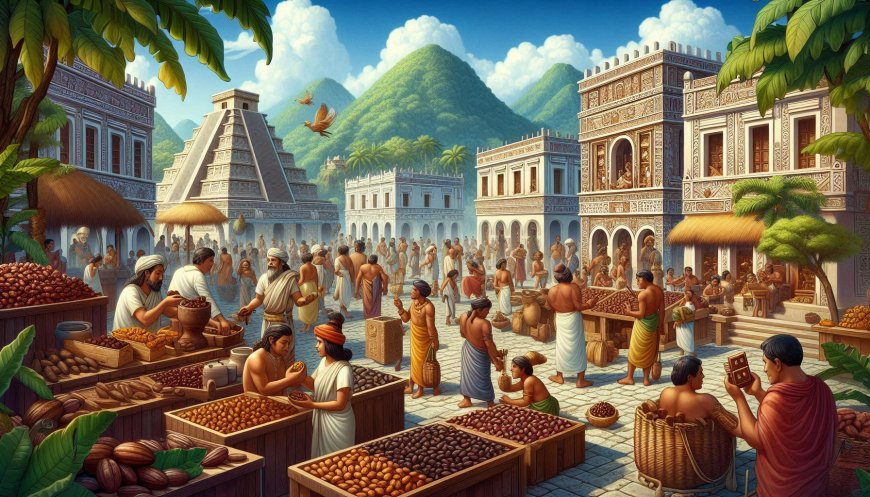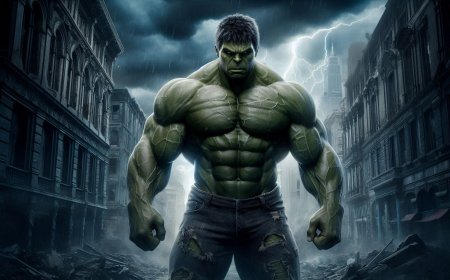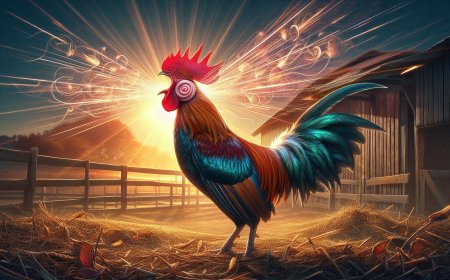The Mayans’ Sweet Currency: How Chocolate Shaped an Ancient Economy
Discover how chocolate, used as currency by the Maya civilization, played a vital role in shaping their ancient economy, with cacao beans serving as a key trading item in bustling markets.

In today’s world, chocolate is a treat, a dessert, or maybe a guilty pleasure. But for the ancient Mayans, it was far more than that—it was currency. Yes, you read that right! The Mayans didn’t just savor chocolate as a drink; they used cacao beans as money. Let’s dive into the fascinating world of the Mayans and their ingenious use of chocolate as currency.
Chocolate in the Mayan Marketplace
Imagine strolling through a bustling Mayan marketplace. Traders are exchanging cacao beans, not coins, for everything from food to clothing and tools. To the Mayans, cacao beans weren’t just a tasty ingredient—they were wealth. In fact, they became a standardized form of currency, integrated deeply into the Mayan economy.
The Mayans were among the first to cultivate the cacao tree, and they quickly recognized the value of its beans. Lightweight, portable, and valuable, cacao beans were an ideal currency for everyday transactions. Archaeological evidence shows cacao beans being traded for common goods—groceries, clothes, and even services. A handful of beans could buy a meal, and a bit more could even get you a rabbit.
How Valuable Were Cacao Beans?
Cacao beans had a set value in Mayan society. For example, just one cacao bean could buy you a tamale, a simple but filling meal. Ten beans? That might get you a small animal, like a rabbit. The beans were also used to pay taxes, so in a very real way, chocolate could keep you in good standing with the rulers.
But cacao beans weren’t easy to come by for everyone. Cacao trees thrived in specific regions, making the beans a precious commodity in areas where they didn’t grow. The scarcity added to their value, and cacao became a symbol of wealth and power. For the Mayan elite, drinking chocolate was a luxury, reserved for nobles and priests. This elevated its status even more, turning it from a simple commodity into a symbol of status.
A Divine Drink, A Sacred Currency
Cacao wasn’t just valuable in economic terms—it had deep spiritual meaning too. The Mayans believed that cacao was a gift from the gods. In their mythology, consuming it was a divine act. The liquid form of chocolate was served during religious ceremonies and sacred rituals, often enjoyed by priests and nobles as they communed with the divine.
This cultural and spiritual significance gave cacao beans an even greater worth. They weren’t just trade goods—they were sacred. The fact that something so revered could also be used as currency shows the incredible importance cacao had in Mayan life.
Why Cacao Beans Made Perfect Currency
So how did something as perishable as a cacao bean become such an effective form of money? The answer lies in its practicality. Cacao beans were small, durable, and easy to count. They didn’t spoil quickly, making them an ideal currency for storing wealth. Mayans could keep large quantities of beans without worrying about them losing value, and they were perfect for both local and regional trade.
In bustling markets and trade centers, cacao beans were the standard. Everyone knew their worth, and this consistency helped keep the economy running smoothly. Traders and merchants could travel great distances with sacks of cacao beans, knowing they’d be able to trade them across borders. In many ways, cacao beans were the original cross-border currency of Mesoamerica.
The Sweet End of Cacao Currency
Cacao’s reign as currency lasted until the Spanish conquest. When the Spanish arrived in the Americas, they disrupted the Mayan economy and introduced new forms of currency like coins and paper money. Despite the shift, cacao beans didn’t lose their value right away. Even the Spanish recognized the worth of chocolate, adopting the drink from the Mayans and spreading its popularity in Europe.
Eventually, cacao as currency faded, but its legacy lives on. Today, chocolate is still a beloved part of our lives, though we now use it to indulge rather than to pay our bills. But the Mayans’ innovative use of cacao as money is a testament to their ingenuity, blending economy, culture, and spirituality in a way that no other civilization has.
The Lasting Impact of Mayan Chocolate
Cacao’s influence didn’t disappear with the end of the Mayan civilization. The regions once inhabited by the Mayans, such as Mexico and Guatemala, remain major producers of cacao today. While the beans are no longer used as currency, their significance endures in the chocolate industry, which continues to thrive centuries later.
So the next time you enjoy a piece of chocolate, remember its rich history. Long before it was a sweet treat in our world, it was money—sacred, delicious money. And in the hands of the Mayans, it was a true currency of both the marketplace and the gods.
What's Your Reaction?






































































































